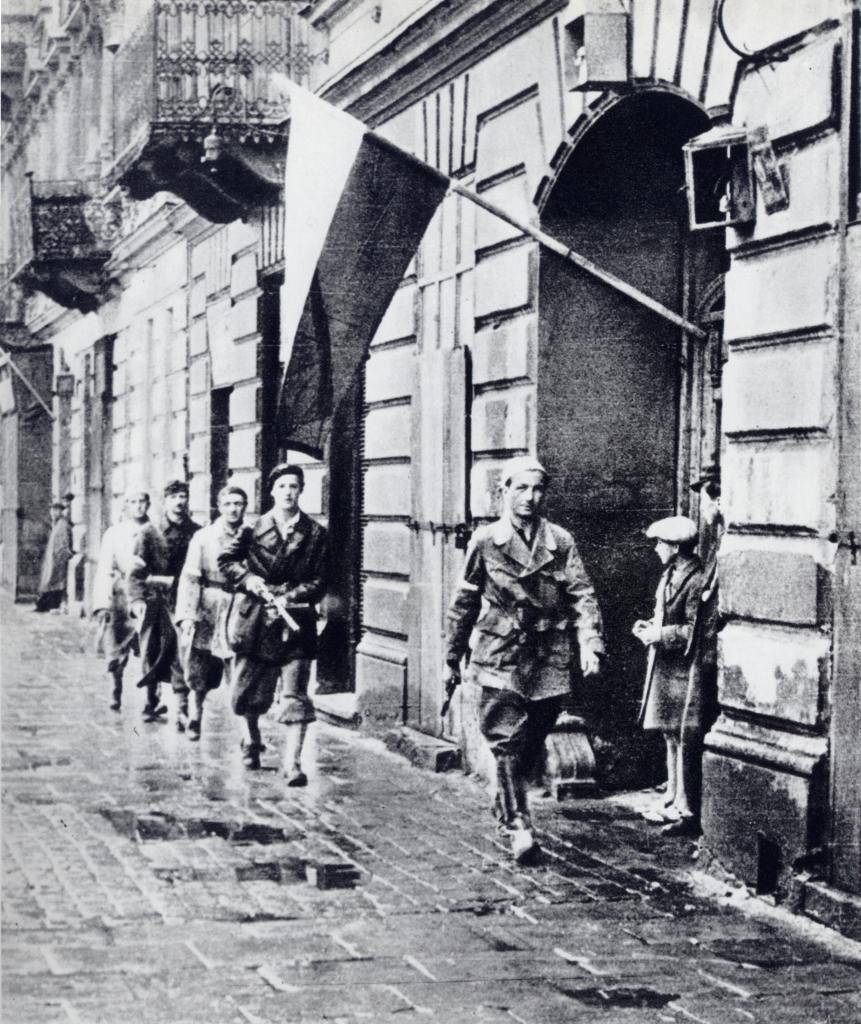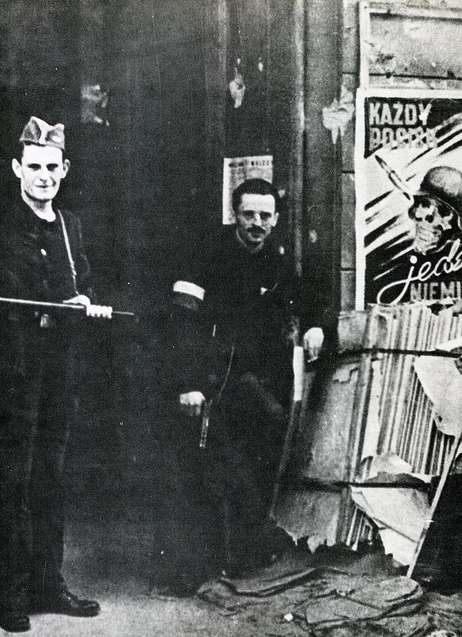
Today marks the 68th anniversary of the end of the Warsaw Uprising. The failed attempt by the Polish Home Army to wrest control of the capital from the Nazis before the arrival of the Red Army. Though the goal of the uprising was left unrealized, the memory of the epic struggle permeates Warsaw to this day. The murder of 200,000 civilians and the deliberate leveling of most of the city were devastating to Poland. One laudable aspect of the Uprising was the determination of the Polish people to be free from tyranny even against overwhelming odds. It was perhaps the defining episode in Poland’s national martyrology.

The Warsaw Uprising was an element of Operation Tempest, the Home Army’s plan to take control of Polish cities from the Nazis in advance of the Red Army’s arrival. The Uprising was originally planned to last only a few days, by which time key positions were to have been captured and the victorious Poles could welcome the advancing Red Army from a position of strength, rather than allowing the Soviet forces to seize control of Warsaw and impose Communist rule.
Unbeknownst to the Home Army leadership, German troops were preparing to reinforce their positions in Warsaw in the face of the Soviet advance, rather than retreating which as they had been expected to. Also, faulty intelligence indicated that the Red Army was only a matter of kilometers from Warsaw. While advance units of the Red Army had made it within several dozen kilometers of the capital, they were repelled by a German counteroffensive and it wasn’t until early September, a month after the Uprising started, that the Red Army would reach the Praga district of Warsaw on the east bank of the Vistula River.
Despite the later-than-anticipated arrival of the Red Army, in early September they were in position to provide critical assistance to the insurgents of Warsaw. Stalin’s plan however was to subject Poland to Soviet imperialism, so the Nazis were allowed to quell the uprising with little interference. Even the heroic attempts of Allied pilots to drop supplies into Warsaw were hampered when Stalin denied their planes the ability to land in Soviet airfields just east of Warsaw, instead forcing them to make the precarious round trip back to Italy over mostly enemy-occupied territory.
The Warsaw Uprising lasted for an unthinkable 63 days, during which 40,000 Home Army soldiers, only about 10% of which were well-equipped, resisted their heavily-armed German opponent who wielded close air support, artillery and tanks. The zeal of the insurgents and the anticipation of a quick end to the fighting led to the rapid depletion of ammunition reserves. Once it became apparent that the battle would continue for some time, orders were given to save ammunition wherever possible. The poster above “Each Round, One German” stressed the importance of making every shot count.
Two years ago I had the great honor to serve as a volunteer at the Warsaw Uprising Museum. The 5 weeks that I spent there were an eye-opening experience and a first-hand introduction to World War II history in Poland to which I had only begun to take an interest. For anyone planning a visit to Warsaw, I consider the Warsaw Uprising Museum to be the number one destination in the city. The Old Town is of course scenic and the Łazienki Park is beautiful, but the Warsaw Uprising Museum gives non-Poles a glimpse into the psyche of the nation, the horrors it endured and the determination made against all odds to fight for freedom. It’s a type of pure resolve to battle against tyranny that I would liken to the Revolutionary War in American history. Though the Warsaw Uprising failed in 1944, the fighting spirit it exemplified would lead the way to Poland’s freedom decades later.
